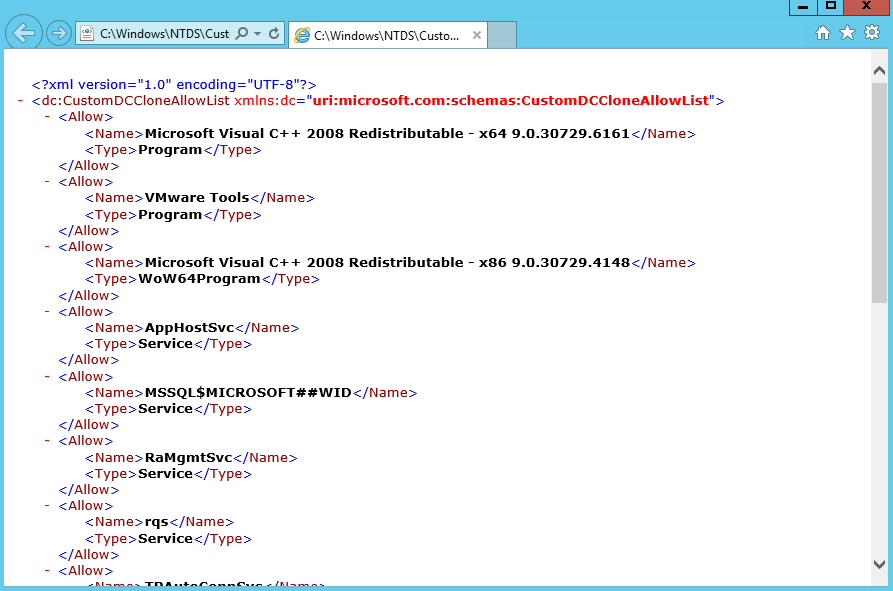
The DelegatingFilterProxy links the application context to the web.xml file. filter − Spring uses Filters to process requests before handing them over to the Dispatcher Servlet and also used to process responses after they are dispatched.This is then put in the ServletContext that can be used to load and unload the spring-managed beans. In our case, we will create a root web-application context for the web-application with the ContextLoaderListener. listener − The classes that listen to certain types of events, and trigger an appropriate functionality when that event occurs.In our case, we are routing all our requests to our “spring” Dispatcher servlet. servlet-mapping − We use Servlet Mapping to tell Spring Container which request to route to which servlet.This string represents a path to a file where our configurations can be loaded. contextConfigLocation − It is a string that indicates where context(s) can be found.Servlets with a lower value of “load-on-startup” are loaded before the ones with a higher value. The order in which servlets are loaded depends on “load-on-startup” value. It also provides convenient mapping and exception handling facilities. It intercepts all HTTP requests and dispatches them to registered handlers for processing a web request. The dispatcher servlet is the entry point of any Spring MVC application and is at the core of the entire Spring MVC framework design. Dispatcher Servlet − The first servlet we have declared here is the Dispatcher servlet.Now, let’s add our first xml file – the web.xml file. Moving on, let’s configure our application. Then inside it, we will create a folder called views where we will create our views. In our /src/main/webapp folder, let’s create a folder called WEB-INF.

Since, we have created the routes, let’s also add the pages. While the index page is will be accessible to all, we will protect our “admin” page. Here, we have two endpoints – “index” and “admin”. So, let’s create a package called controller and add our HomeController class to the package. Spring Security with XML configuration Spring Security with XML configurationįirst, We are going to create our controller. With these dependencies added, we are ready to configure our project. We are going to choose the following dependencies. Our project structure would finally look similar to this. Let’s give STS some time to build and validate our project. As a result, we have added our project to our workspace.

We can choose group id, artifact id as per our choice.
TINYMEDIAMANAGER CONFIG.XML FOR FREE
They are both available for free download and use.įirst, let’s start a new simple Maven Project in STS. The tools we shall be using for our application will be Spring Tool Suite 4 and Apache Tomcat Server 9.0. We shall be using XML to configure our application’s Security features. This is will give us an idea of the various components of Spring Security and how we can use them for our application. In this example, we shall be securing our application with options provided out-of-box by Spring security. Let’s look at a basic example using in-built Spring Security features. In addition to this, Spring Security also allows plenty of customizations to the features mentioned before to implement our own complex authentications and authorizations. We can use these features with our changes to secure an application very quickly. Spring security provided us with various in-built features to implement authentication and authorization in our application. The above topics are the two main components of Spring Security. So, to control access to various resources within our application, we need to check if a user has permission to access that resource.

For example, a guest user should not be able to access admin content. If our application is a complex one, with different kinds of users such as admins, regular users, other less privileged users, we need to maintain access control in our application.
TINYMEDIAMANAGER CONFIG.XML HOW TO
In this we are going to discuss how to configure Spring Security with XML configuration.


 0 kommentar(er)
0 kommentar(er)
